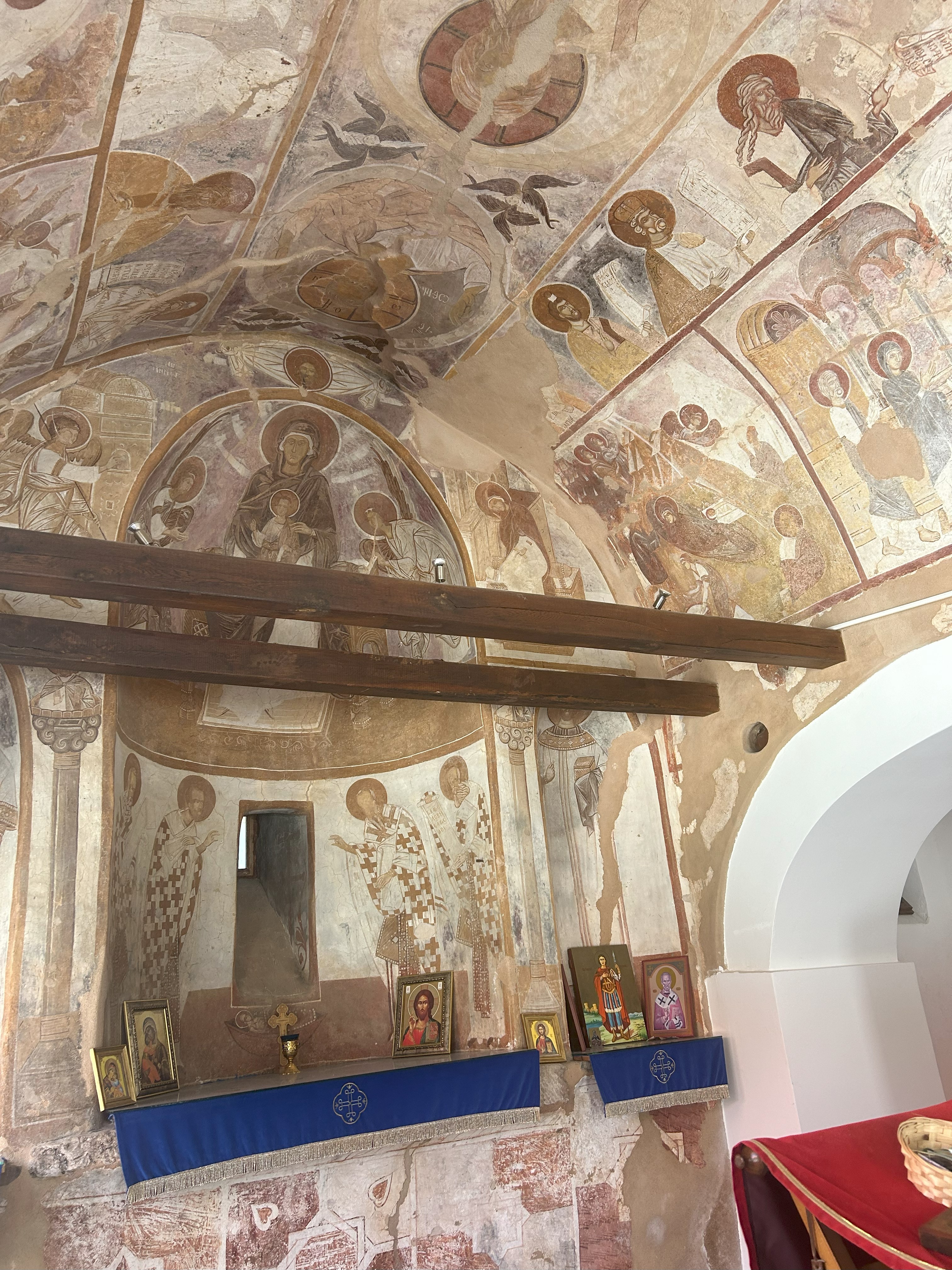Здраво ("Hello" in Serbian)
While in Peja, Katie & I visited the Patriarchal monastery of Pec, the seat of the Serbian Orthodox Church from 1346 to. This tranquil sanctuary is an UNESCO World Heritage Site and one of the more famous medieval structures in Kosovo.
Peja's history is deeply intertwined with the Serbian Orthodox Church, which established its patriarchate here in the 13th century. The complex, with its beautifully frescoed churches and peaceful surroundings, offers a look into the spiritual life of medieval Serbia.
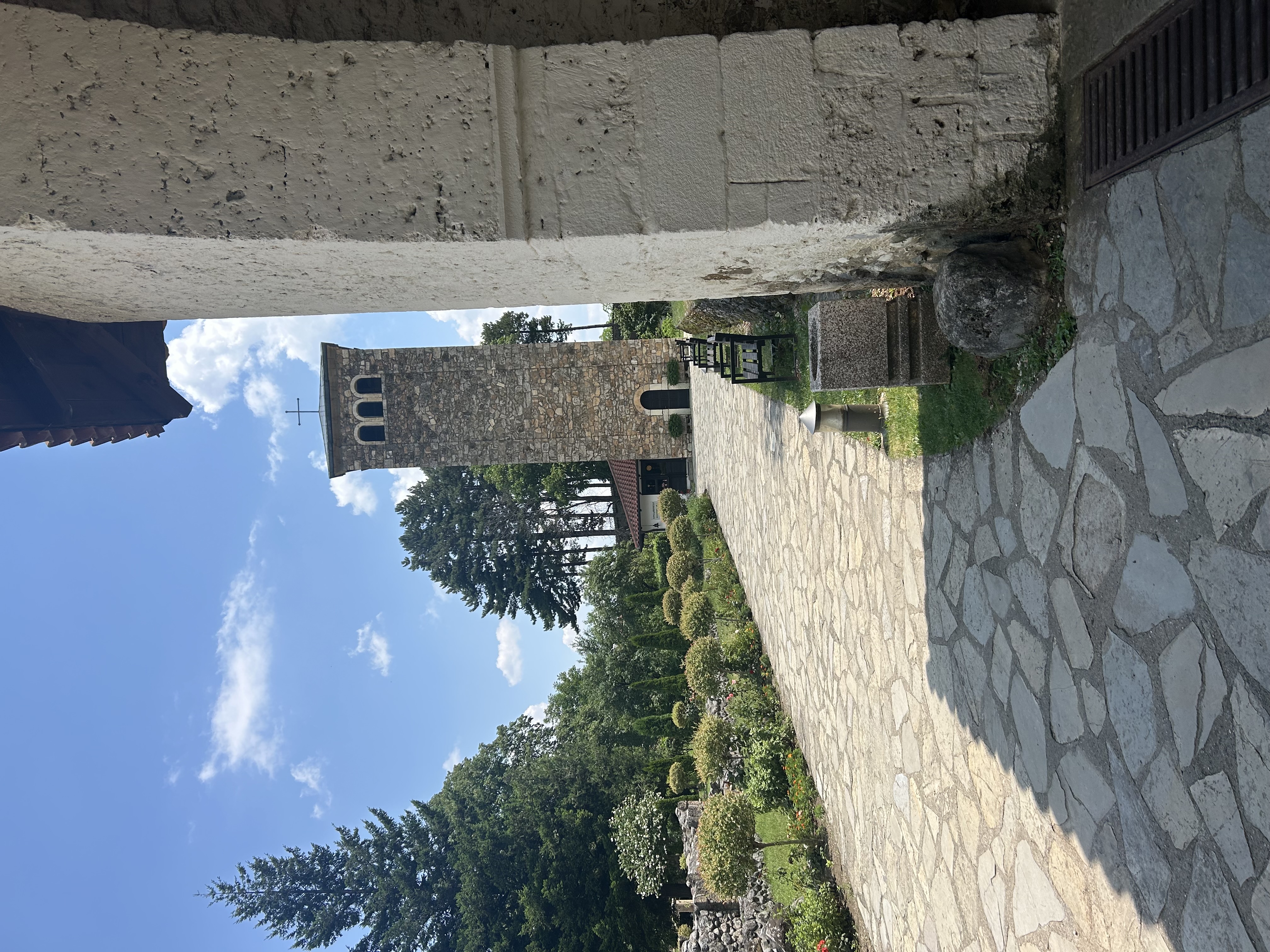
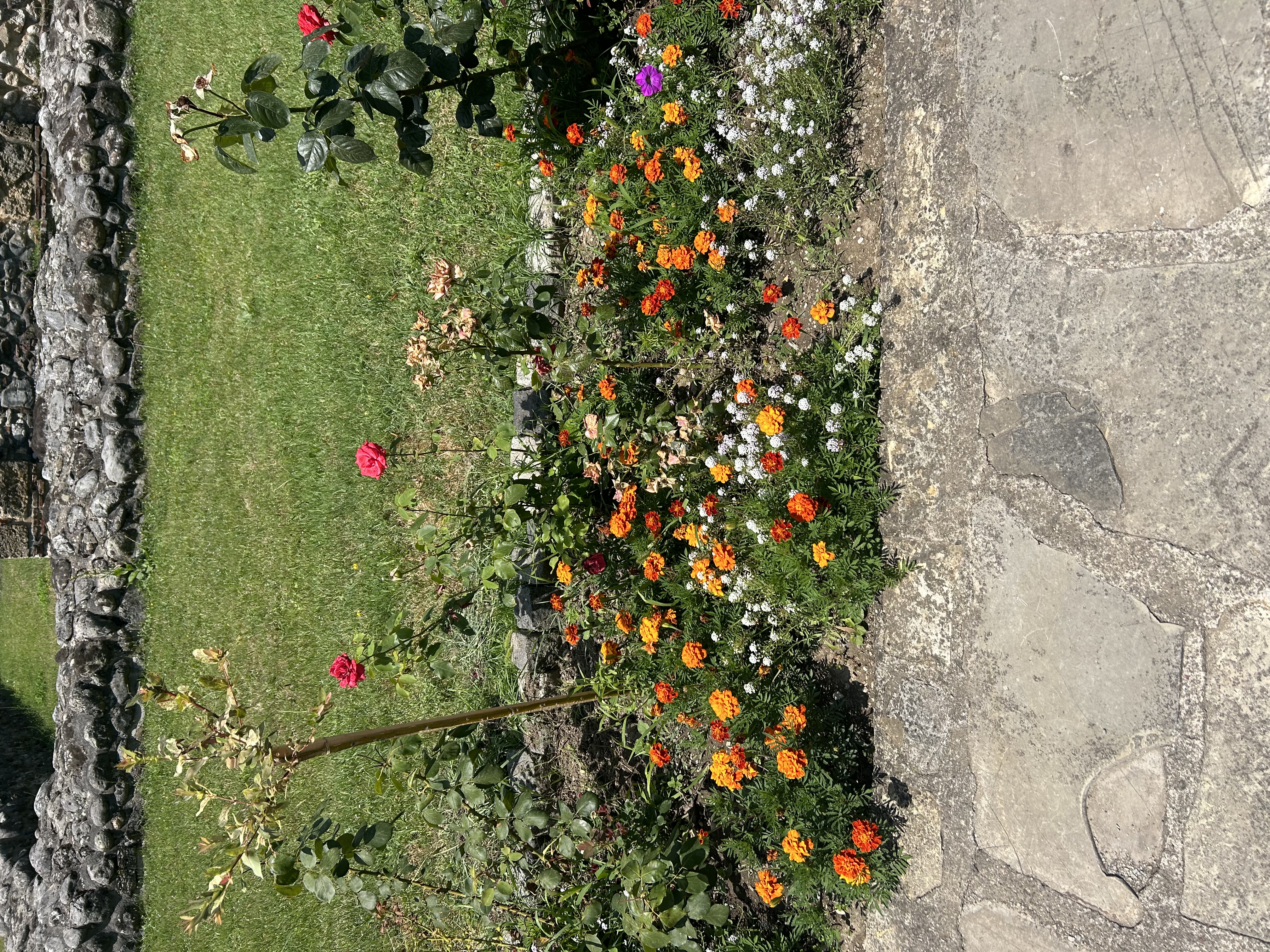
Throughout its history, Peja has been influenced by various empires, including the Ottoman Empire, which left its mark on the city's architecture and culture. The Old Bazaar (Çarshia e Gjatë) in Peja showcases that era, with its cobblestone streets, traditional craft shops, and historical buildings that evoke a sense of stepping back in time.
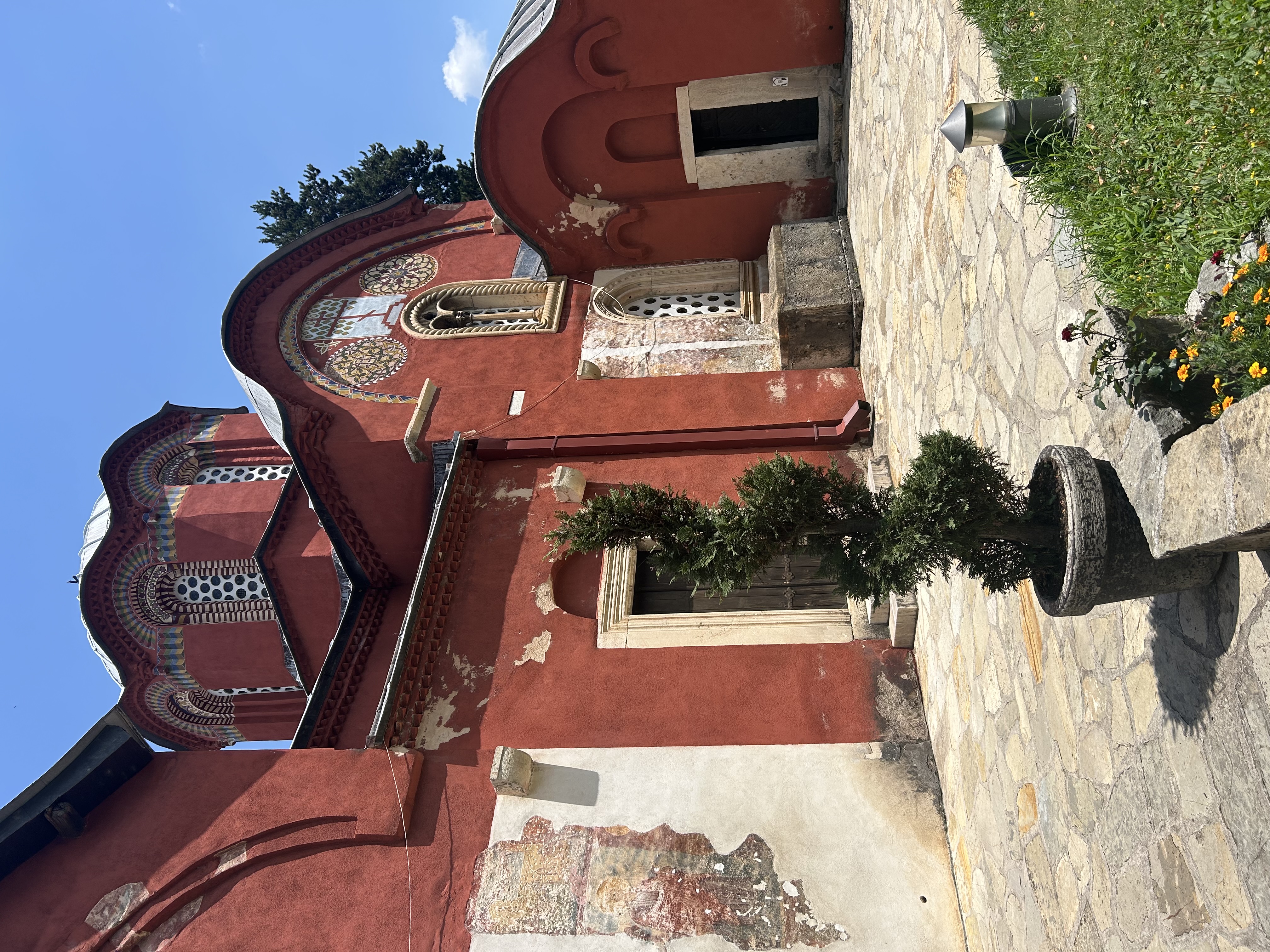
After an exhausting day of caving and exploring some of the Serbian side of Kosovo’s history, Katie & I had a traditional lunch at a small hotel. We had a cold plate of cheeses, bread, and olives before a main dish of oven-roasted beef, carrots, and onions. Every meal in Kosovo involves a traditional salad with feta and tomatoes (Salakis- an Albanian form of cow’s milk feta quickly became a staple grocery purchase for me). Kosovar cuisine is very meat-heavy with fresh salty bread, a traditional chili spice sprinkled on anything, fruit juices, olives, cheeses, and of course, ice cream. Coffee is served Italian-style, after your meal and usually a macchiato or plain espresso.
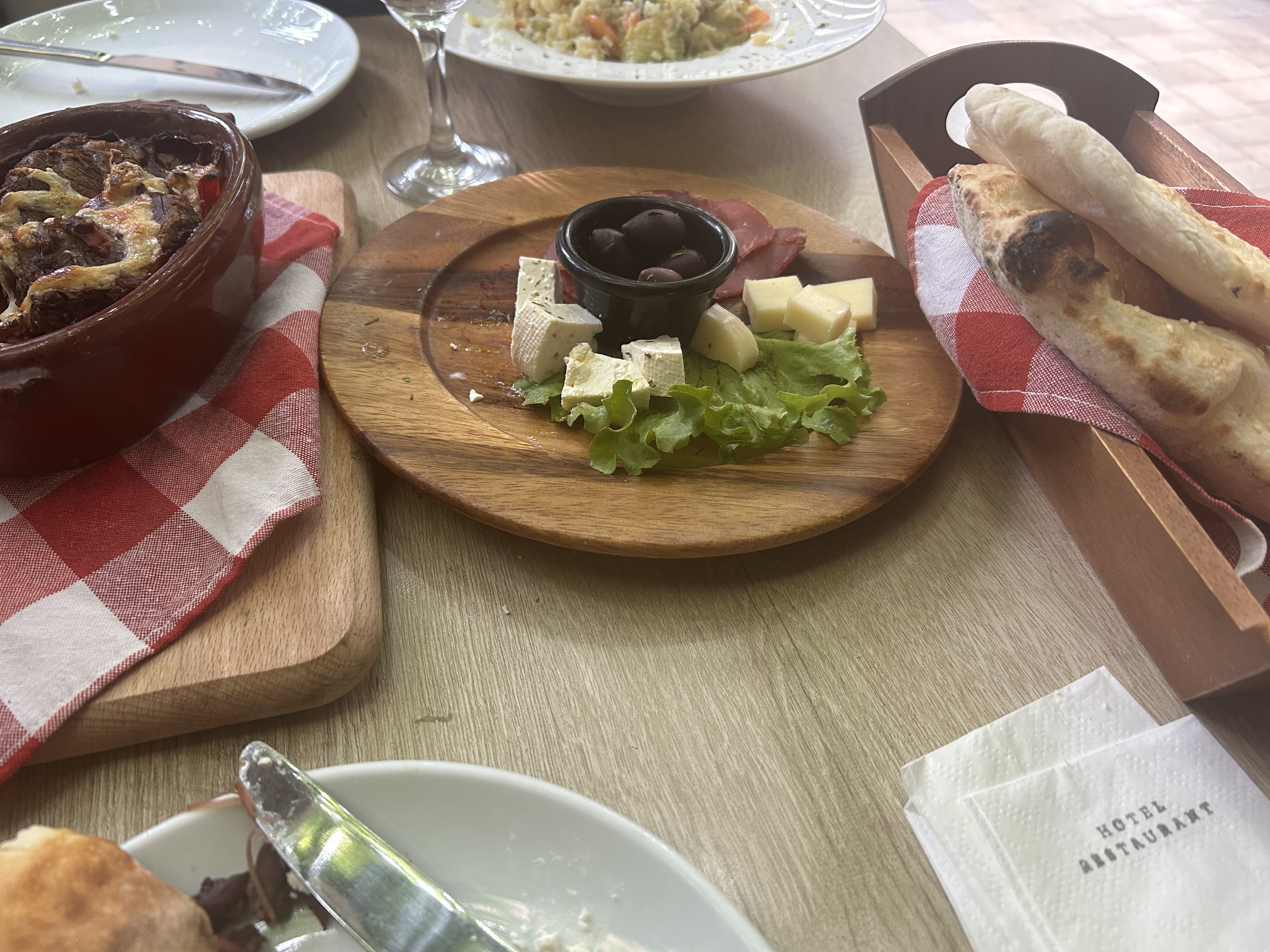
Back in Pristina, I attended a meeting on legal aid outreach to rural and minority communities. Kosovo is home to a variety of ethnic minorities who each play a role in the nation’s social and political landscape. While the majority of Kosovo's population identifies as ethnic Albanian, several minority groups, including Serbs, Bosniaks, Gorani, Roma, Ashkali, and Egyptians, contribute to demographics of the region. Despite the vibrancy of this diversity, minorities in Kosovo can face significant challenges, including political marginalization, economic disparities, and social integration issues.
The Serb community is the largest ethnic minority in Kosovo, predominantly residing in the north near the border with Serbia and in scattered enclaves throughout the country. The relationship between Kosovo Serbs and the majority Albanian population has been historically tense, particularly in the aftermath of the 1999 Kosovo War. While Kosovo declared independence from Serbia in 2008.
Efforts to integrate Kosovo Serbs into the broader Kosovar society have been a key focus of both local and international initiatives. The EU-mediated dialogue between Kosovo and Serbia seeks to address issues such as the autonomy of Serb-majority municipalities and the protection of Serb cultural and religious heritage in Kosovo. Recently, the Council of Europe denied Kosovo’s ascension into membership until more progress can be made on the issue.
The Bosniak community in Kosovo, primarily concentrated in the municipalities of Prizren and Peja, is another significant minority group. They have faced challenges related to education and representation. The lack of educational resources in the Bosnian language has been a longstanding issue, with many Bosniaks advocating for more culturally inclusive curricula. The Gorani are a small Slavic-speaking Muslim community living in the Gora region in southern Kosovo. Known for their distinct cultural traditions and dialect, the Gorani community has struggled with economic hardships and limited access to education and healthcare. Finally, the Roma, Ashkali, and Egyptians: These three communities, often collectively referred to as RAE, are among the most vulnerable in Kosovo. They face significant social and economic challenges, including high unemployment rates, limited access to education, and discrimination.
The challenges faced by minorities in Kosovo are multifaceted. Discrimination, limited political representation, and economic exclusion are common issues. The Kosovo government, with support from international organizations, has implemented various policies and initiatives aimed at improving the situation for minorities. For example, the Kosovo Constitution guarantees extensive rights to minority communities, including reserved seats in the Assembly and the right to education in their mother tongues.
Kosovo’s government has worked with its partners to correct these issues. This includes not only ensuring the protection of their rights but also promoting economic opportunities and social integration. Greater efforts are needed to foster dialogue and understanding between different ethnic groups, particularly in areas where historical grievances run deep. The international community, including the European Union, continues to play a crucial role in supporting Kosovo's efforts to protect minority rights and promote reconciliation. The Academy of Justice plays its part by providing anti-bias trainings and by mandating the inclusion of Serbian and RAE judges and prosecutors in all of their programs.
*I don't have any good recommendations for Serbian history books to help with context but if reading more on former Yugoslav countries or Kosovar history, a wide variety of sources is recommended since many books are written in the perspective of the author's preferred political boundaries.
Here's a few more Serbian Orthodox pictures from Prizren!
